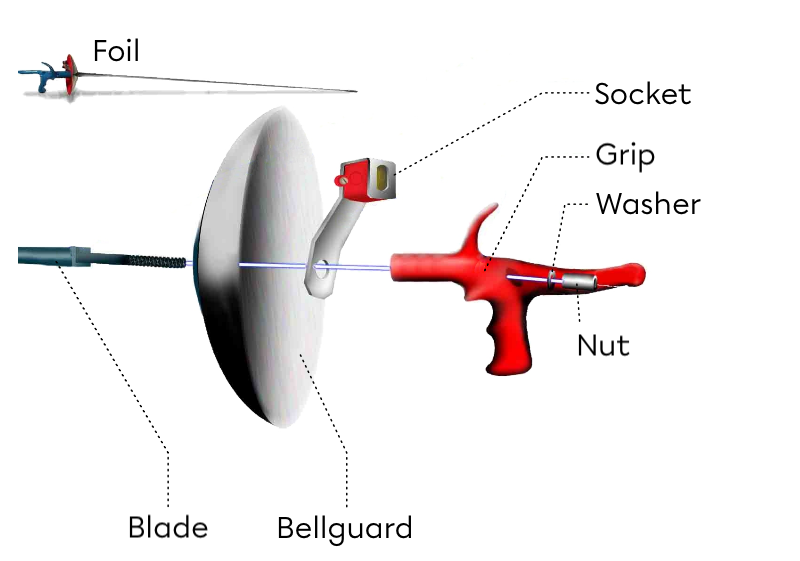The exploded view of an axonometric projection is a perspective representation of an object which shows the different parts that make up the object by separating them from one another.
In order to draw each part of an object, an isometric projection is usually used since it simplifies the reading of measurements as the main lengths of the drawings correspond, to scale, to the real dimensions of the object. However, these projections do not make it possible to see all the parts and their arrangement. Multi-view projection, on the other hand, provides a way of representing accurately, in two dimensions, each of the six views of an object. However, it does not give a clear overview of all the parts making up this object.
The exploded view of an axonometric projection has the advantage of producing exploded overview drawings which show both the three-dimensional appearance of an object and the arrangement of the parts composing it.
Since it makes it easier to understand the layout of the parts that make up an object, this type of projection is frequently displayed in user guides for objects delivered in parts. Thus, a company saves money since it avoids the assembly stage and reduces its transportation costs. However, the company must provide consumers with precise instructions to assemble the object: the exploded view of an axonometric projection is the solution generally used.


An exploded view of an axonometric projection usually includes a list of the parts that make up the object. Therefore, the name of each part, its quantity, and the materials necessary to manufacture the object are indicated. In addition, the exploded view may be supplemented by an isometric projection of the real object to help understand the general appearance of the object.